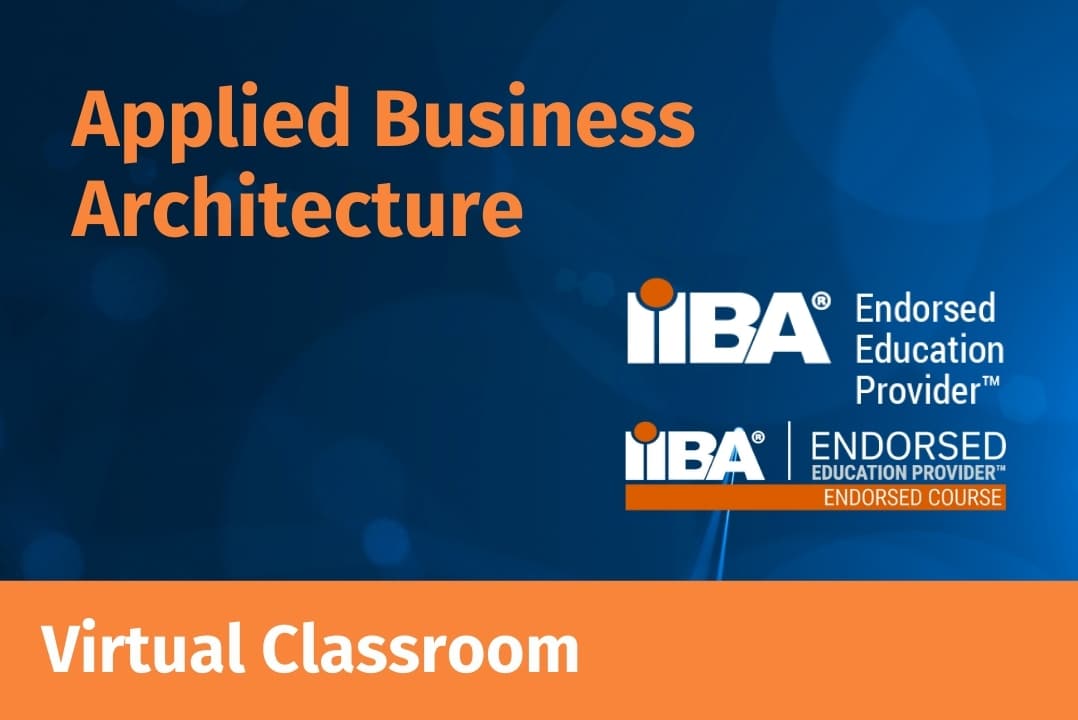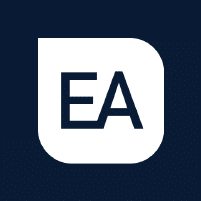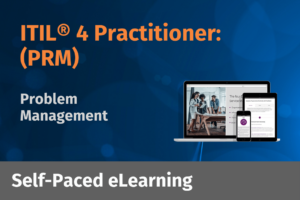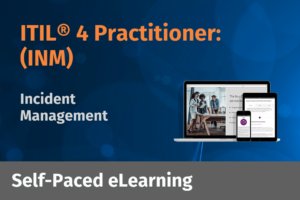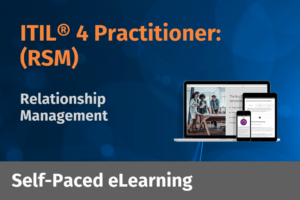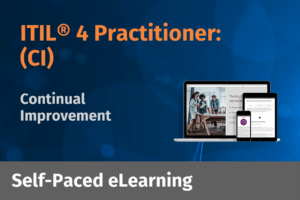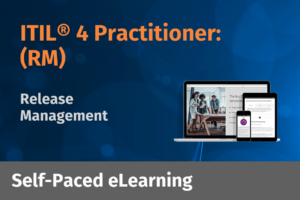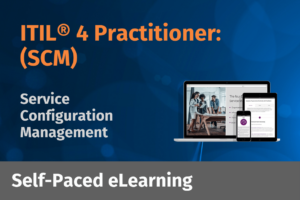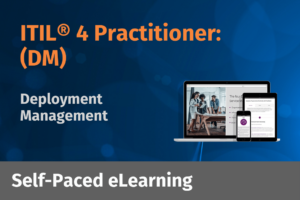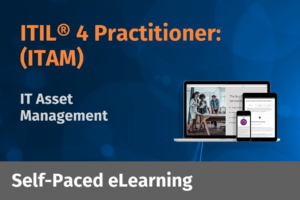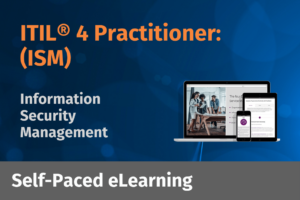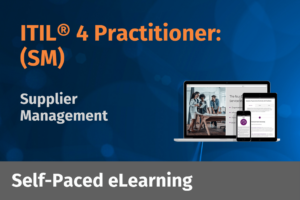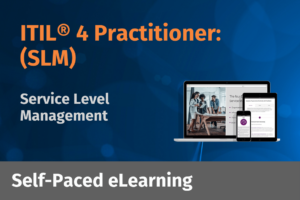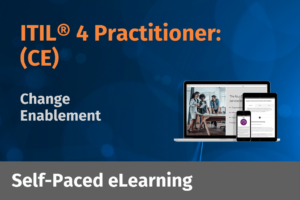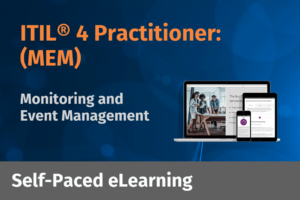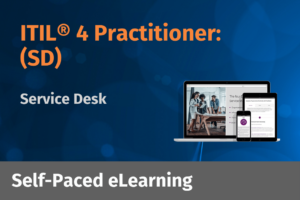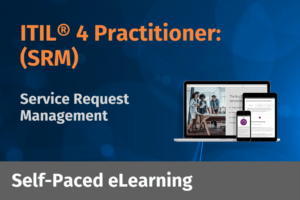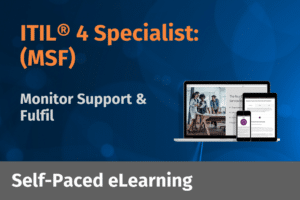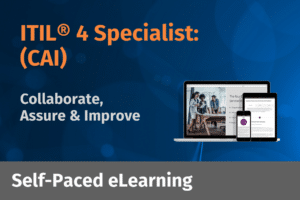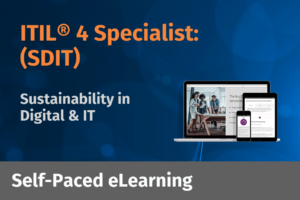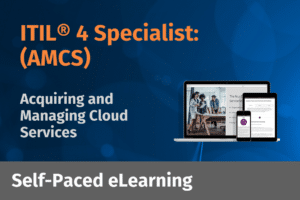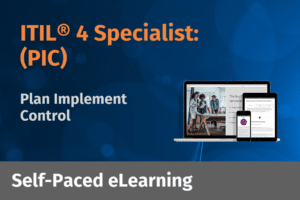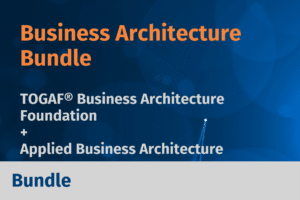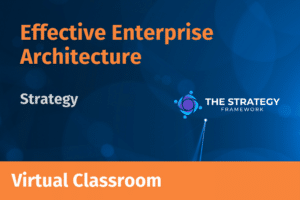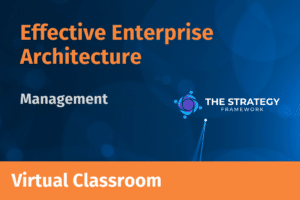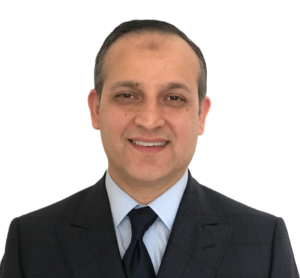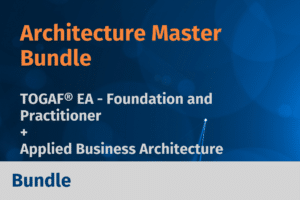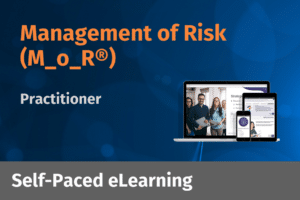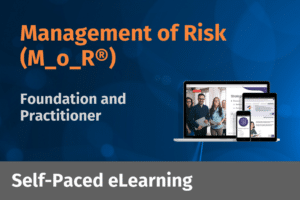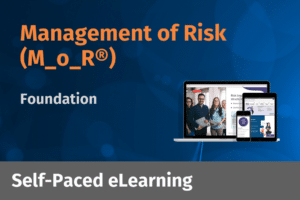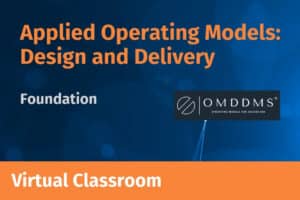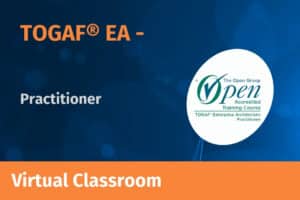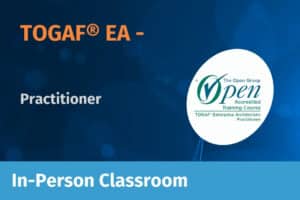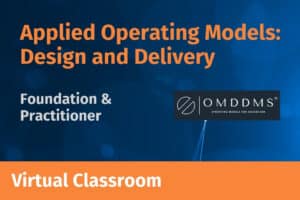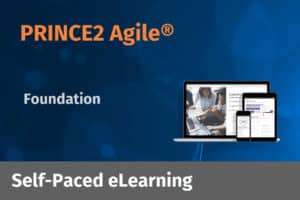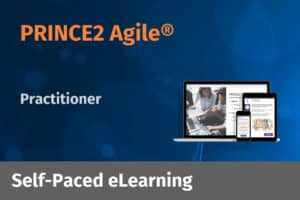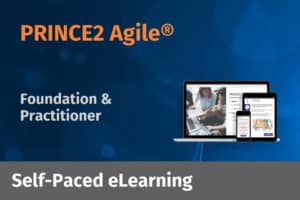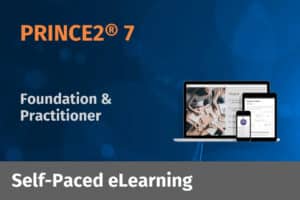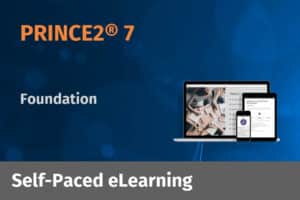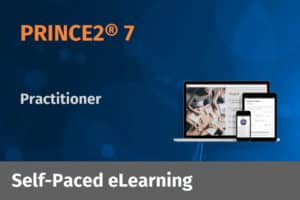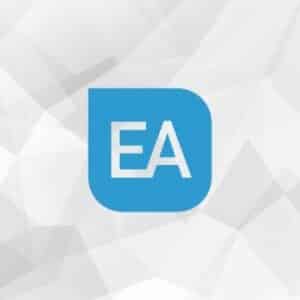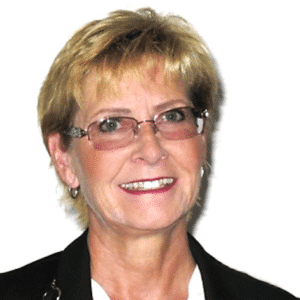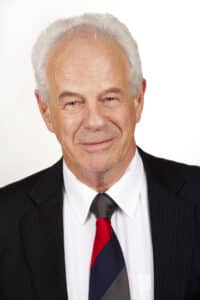Since its inception in 1995, TOGAF has been evolved and enhanced by the 300 plus member organisations to create a tried-and-tested approach that is based on global best practice.
TOGAF 9 is the leading global standard for Enterprise Architecture and with over 65,000 certified practitioners, it is the de facto certification for architects and those aspiring to move into architecture roles. So why has TOGAF become so widely adopted around the world?
Since its inception in 1995, TOGAF has been evolved and enhanced by the 300 plus member organisations to create a tried-and-tested approach that is based on global best practice. The framework helps businesses develop, manage and evolve their enterprise architectures; enabling them to be robust, flexible and efficient in order to enable change in organisations. To support this, the body of knowledge provides a set of resources to help guide businesses on this journey. It also benefits from its ability to be tailored to meet individual company needs and it is also easy to integrate TOGAF with other disciplines such as ITIL, COBIT and Prince2.
At EA Learning, we have been teaching TOGAF 9 since it was first released in 2010 and our fully accredited course takes you through the 7 core components of the TOGAF 9 body of knowledge, helping prepare you for the TOGAF 9 certification exams along the way.
Part 1 of the body of knowledge is a high-level introduction to the key concepts that make up TOGAF 9.
Part 2 is the Architecture Development Method, or ADM, and is the focal point of TOGAF 9; providing practitioners with a methodology for developing, managing and updating your Enterprise Architecture. During the course, we go through each phase of the ADM, looking at the objectives, steps, inputs and outputs at each stage of the cycle.
First up is the preliminary phase. We start off by setting the scope and understanding the defined level of capability within the organisation. The primary output of this phase is a Request for Architecture work.
We then move to the Architecture Vision. Here we firm up the deliverables from the Request for Architecture work into a Statement of Architecture work. We also define the current and future vision to show the business value being delivered and we engage with stakeholders to ensure their buy-in is secured.
Phases B, C and D are all about defining the baseline and target architectures for TOGAF’s four key domains; business, data, applications and technology. Once we have these defined, we can conduct a gap analysis across each domain.
When we arrive at Phase E this is when we start to look at how our future state will be realised. The primary output is the Roadmap that shows us how we will get to our Target State Architecture.
By the time we get to Phase F, we are finalising the transition to our target state in alignment with the Roadmap we produced in Phase E. During this phase we will be integrating and liaising with other disciplines such as change management.
Phase G is all about governing change. We need to maintain oversight of any solutions in order to effectively manage risk, scope and compliance with our architecture principles.
Phase H is when any changes to the existing architecture are managed and documented. If another cycle or iteration of the ADM is going to occur, this is when we consider how this will be undertaken.
The Requirements Management phase is an ongoing, ever-present phase. We use it to ensure we are constantly managing change in the business effectively, and that any changes to things such as business strategy, the vision of the organisation, etc. are considered and our architecture efforts are updated accordingly if necessary.
The remaining 5 parts of the body of knowledge are there to help architecture teams to effectively deliver EA initiatives and to support the core activities covered in the ADM.
Part 3 is all about guidelines and techniques that can be used when going through a cycle of the ADM.
In part 4 we look at the TOGAF content framework which helps us classify the deliverables, artefacts and building blocks produced in the ADM.
Next up is a look at the taxonomies and tools that TOGAF gives us to classify and store the outputs of architecture activity within an enterprise.
Part 6 provides practitioners with a set of architectural reference models which help provide a foundation upon which specific architectures and solutions can be built.
Finally in part 7 we look at the Architecture Capability Framework. This helps us understand the processes, skills, roles, and responsibilities that we need to establish and operate an architecture team within a business.
Over the 4 day course we take you through all of these subject areas, ensuring you are fully prepared for the certification exams in order to achieve your TOGAF 9 certified status. We only use experienced architecture practitioners as instructors on our courses so you will be learning off someone with a wealth of insights from the real-world who can help contextualise the theory into practical scenarios that you may come across when you are back in the office.
To find out more about our TOGAF 9 training options and how you can get yourself equipped with this globally recognised certification, click here.


